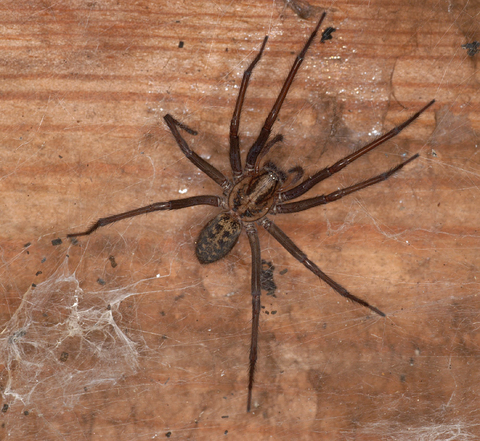House Spiders: Identification, Habits, and Effective Prevention Tips

House spiders are common arachnids found in homes around the world. While they often evoke fear and discomfort, they play a crucial role in controlling other pests. In this article, we will explore the different types of house spiders, their habits, and provide you with valuable tips to prevent and manage their presence in your home.
Types of House Spiders
-
Common House Spider (Parasteatoda tepidariorum):
- Commonly referred to as the "American house spider," these spiders are small with a mottled brown and yellow abdomen. They construct irregular cobwebs in corners and are often seen hanging upside down.
-
Black Widow Spider (Latrodectus spp.):
- Black widow spiders are notorious for their venomous bite. They are usually black with a distinctive red hourglass-shaped mark on their abdomen. While they are not commonly found indoors, their bites can be dangerous.
-
Cellar Spider (Pholcidae):
- Cellar spiders, also known as "daddy longlegs," have long, thin legs and a small body. They are commonly found in dark, damp areas like basements and crawl spaces.
-
Jumping Spider (Salticidae):
- Jumping spiders are small and often have colorful markings. They are known for their agility and ability to jump considerable distances.
Habits and Behavior
House spiders are generally shy and non-aggressive. They prefer to stay hidden in dark, quiet areas where they can spin their webs to catch prey. Some important aspects of their behavior include:
-
Web-building: House spiders construct intricate webs to capture insects like flies and mosquitoes. These webs are often found in corners, windows, and other undisturbed areas of your home.
-
Hunting: Jumping spiders, on the other hand, are active hunters. They stalk and pounce on their prey instead of relying on webs.
-
Reproduction: Female house spiders lay eggs in silken sacs. After hatching, spiderlings disperse and find their own territories.

Preventing House Spider Infestations
While house spiders are generally harmless, their presence can be unsettling. Here are some effective prevention tips to keep these arachnids at bay:
-
Regular Cleaning: Keep your home clean and clutter-free. Regular vacuuming and dusting will remove potential hiding spots for spiders and their prey.
-
Seal Entry Points: Inspect your home for gaps and cracks around doors, windows, and foundations. Seal these entry points to prevent spiders from entering.
-
Outdoor Lighting: Consider using yellow or sodium vapor lights outdoors, as they attract fewer insects, which, in turn, can reduce the spider population around your home.
-
Reduce Excess Moisture: Spiders are attracted to damp environments. Fix any leaks, use a dehumidifier in damp areas, and ensure proper ventilation in crawl spaces and basements.
-
Remove Food Sources: Spiders feed on insects. Reduce their food supply by installing screens on doors and windows, and using insect repellents if necessary.
-
Natural Predators: Encourage natural spider predators like birds and certain types of insects to inhabit your garden.
-
Professional Pest Control: If your home has a severe infestation, consider consulting with a professional pest control service to assess the situation and implement targeted solutions.
House spiders are a common presence in many homes. While they can be unsettling, they are generally harmless and even beneficial in controlling other pests. By following these prevention tips and understanding their behavior, you can coexist with house spiders more comfortably and keep their numbers in check.

